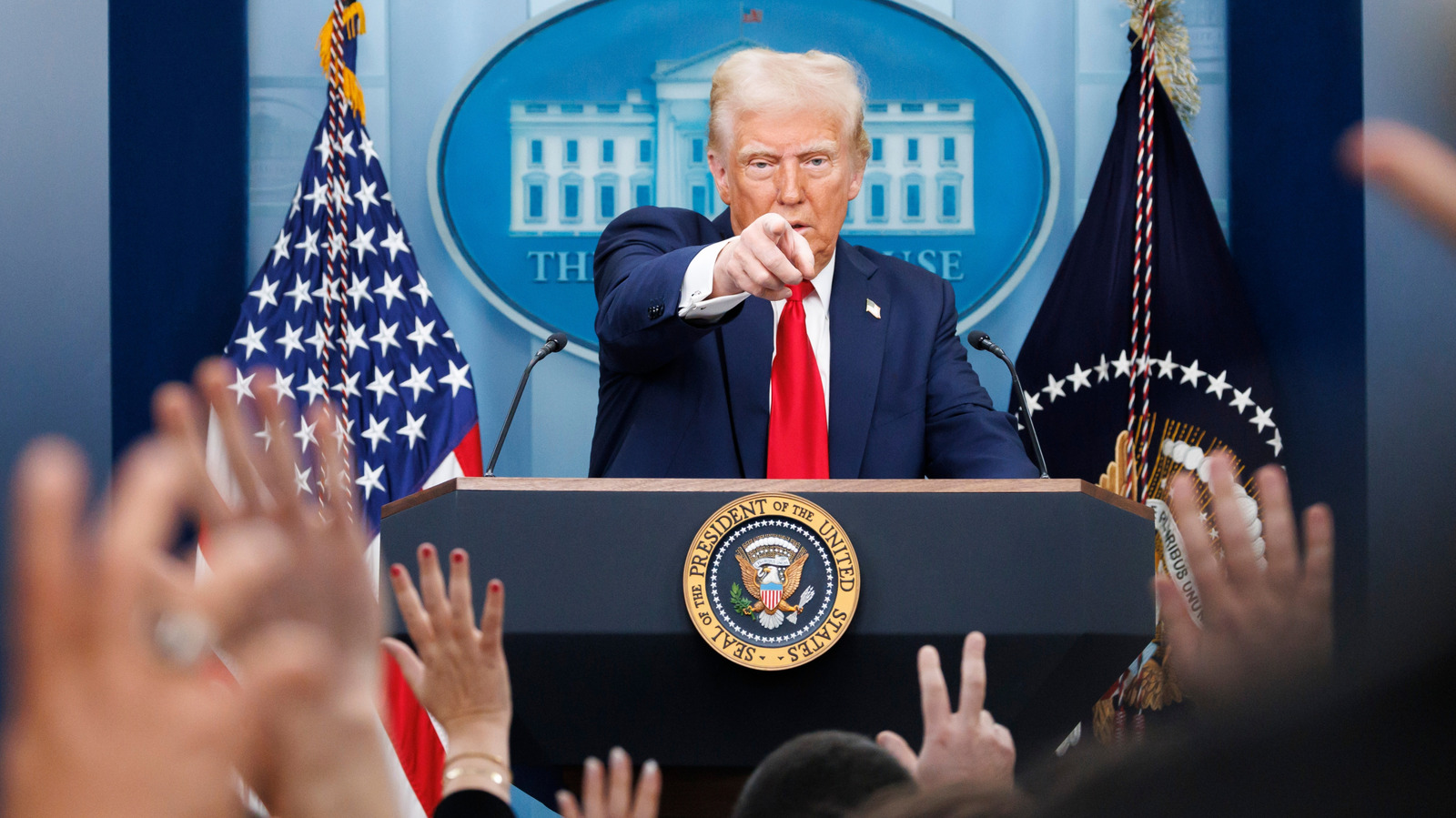Foldable phones have always promised the future, but for years, the hardware has fallen short. They were too thick, too heavy, too compromised – and way too expensive.
While that last point still remains, we’ve made great strides in terms of foldable tech over the past few years, and with the launch of the Samsung Galaxy Z Fold 7, I’m convinced that we’re closer than ever to perfecting the foldable phone formula.
Let me explain.
Samsung has finally nailed foldable design
I must admit, I was a bit sceptical about Samsung’s ‘Ultra’ foldable promise ahead of the Z Fold 7’s big reveal – but after spending over a week with the big-screen foldable, I finally get it.
This is the year Samsung’s book-style foldable doesn’t just compete with the competition; it leads the pack. The Z Fold 7 is thinner and lighter than ever, and for the first time, it doesn’t feel like I’m carrying a compromise in my pocket.

At just 8.9mm thick when closed and a featherweight 215g, it’s actually lighter than the Galaxy S25 Ultra, and it’s right up there with the best foldables from Honor and Oppo.
Honestly, picking it up for the first time at a hands-on session ahead of launch was a revelation. The weight difference compared to last year’s Fold 6 was immediately noticeable, and the new Blue Shadow colour – my personal favourite – looks fantastic.
It’s a joy to handle as a result, both folded and unfolded, and for the first time, I can say that it doesn’t feel like a foldable – just a really well-made phone.
That said, it hasn’t hit perfection just yet. The camera bump means it wobbles annoyingly on a table, especially when folded, making typing a bit of a pain. It’s also not quite as durable as a bar phone with an IP48 rating – behind the IP68 that has become the standard among high-end phones – and remains one of the hurdles that foldables in general still need to overcome.


However, the combination of Samsung’s new Armour FlexHinge and tougher materials means I haven’t seen a scratch or mark yet, and the IP48 rating remains among the best for foldables – even if it’s not the very best for phones full stop.
A spec that won’t leave you wanting for more – mostly
Samsung has finally delivered a cover screen that feels genuinely usable. The 6.5-inch cover screen sports a wider 21:9 aspect ratio that makes typing easier, and media-heavy apps like Instagram and TikTok no longer feel squashed.


The accompanying internal 8-inch screen is bigger, brighter, and the crease is less noticeable than ever. Combined with a new titanium lattice and thicker glass, the screen just feels more solid. It’s hard to quantify, but it makes a real difference in daily use compared to older foldables.
Camera tech is another area where foldables usually tend to lag, but that has also been addressed by the Fold 7. The 200MP main camera, straight from the top-end Galaxy S25 Ultra, delivers sharp, vibrant shots even in low light.


The ultrawide and telephoto lenses have also seen improvements, with the ultrawide now offering decent macro shots and improved low-light performance. I’m also especially relieved that Samsung ditched the under-display selfie camera on the inside – video calls are way better as a result.
You’re not left wanting for more in the performance department either, as it packs the same Snapdragon 8 Elite as other top-end 2025 smartphones, and its performance is on par with some of the best around. I haven’t experienced a single stutter as a result, even when gaming or running three apps at once.
That said, it’s not all perfect. The phone can get warm in particularly heavy gaming sessions, the secondary cameras still need a bit of an upgrade, and while One UI 8 is refined, none of the new features are truly game-changing. But, honestly, these are minor quibbles in an otherwise top-tier package.
All it really needs is a bigger battery and faster charging
The only area where the Z Fold 7 still lags behind both foldables and the bar phone competition is battery life. Samsung, rather oddly, stuck with the same 4,400mAh battery as last year, despite having larger screens and a beefier chipset.


As a result, it’s just about enough for a day, though I find myself hitting 10% by late evening on many days, and streaming and gaming drain battery faster than I’d like.
That would’ve been an easier pill to swallow had the Z Fold 7 offered faster charging – but at 25W, it takes an hour and a half to recharge fully. When other foldables offer 66W or even 80W, and bar phones can go north of 100W, it’s an area that still needs work.
However, if Samsung can crack battery life and charging speeds, next year’s Fold 8 could be the ultimate, no-compromise foldable. We’ll just have to wait and see for now.









